Hogwarts: Legacy is officially out now, and I’ve sunk quite a bit of time into it. With all the controversies surrounding the game’s release thus far, you may be wondering just what all that fuss is about. We’re not going to touch any of those issues here, because what I’d really like to do is focus on Hogwarts: Legacy itself. It’s incredibly anticipated by some, reviled by others, but what’s it like as a game? As an extension of the beloved Harry Potter universe?
As the latter, it’s very good. Hogwarts and its surrounding environment have been expanded and explored with love. As for the former, well, it’s fine. Serviceable. Not terrible, but not outstanding, either. The problem is if you’ve spent any amount of time with the last three Assassin’s Creed games you’re instantly going to recognise much of the game’s content. We’ve got a big map complete with a laundry list of objectives to tick off. An endless procession of gear and an abundance of combat skills and tools to employ.
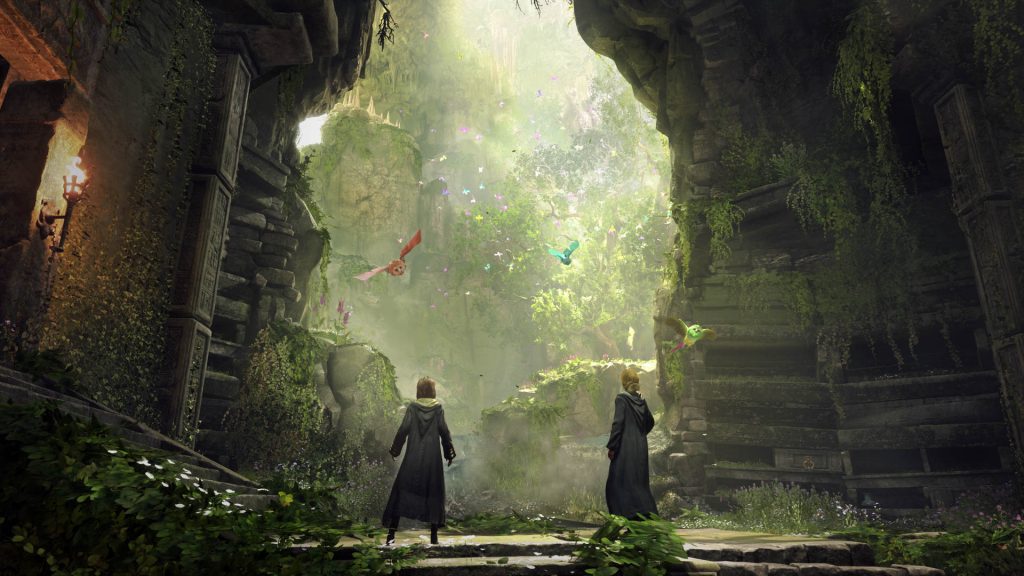
The fact that much of it is heartily glazed over with Harry Potter’s trademark magical whimsy can’t hide what is, at its core, another Generic Open World RPG. I am still recovering from the massive drag that was Assassin’s Creed: Valhalla. Every couple of hours Hogwarts: Legacy dumps yet another feature on me like a proud toddler mastering the art of crayons and paper. Every time I give them a strained smile and struggle to find room on my mental fridge door for another thing to do.
You can decorate the Room of Requirement. You can kidnap – um, rescue magical beasts and take advantage of their natural resources. You can brew your own potions from magical ingredients grown yourself or harvested from the world. You can do basically everything you might expect except quidditch, which is such a glaring omission the overbearing headmaster has to announce its absence as one of his very first lines.
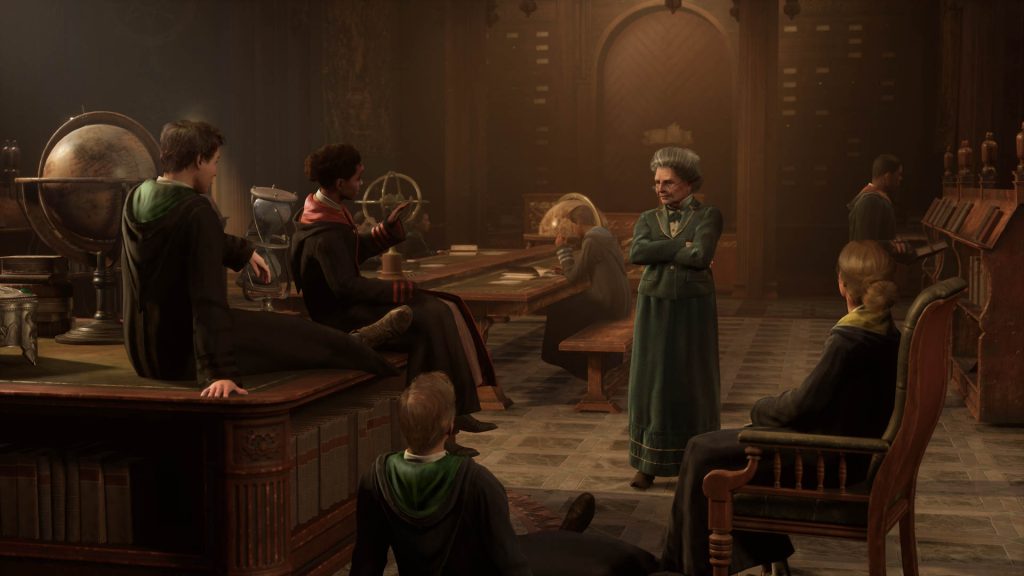
Mary Sue syndrome
One of the things that continually grates me about the storyline is just how brilliant your character happens to be at everything they try. You join Hogwarts as a fifth year, and get a crash course in all the stuff you should have been taught in years prior. This is usually done through completing extra assignments for teachers, although some stuff is picked up in the course of the story or through classmates. Your character is just bloody excellent at everything they try, and this is hand waved away by their connection to the ancient magic which forms a lot of the game’s core storyline.
By the end of the first act your character makes Harry Potter look like an absolute chump. You’re steamrolling gangs of goblins and dark wizards like it’s nothing. You’re obliterating trolls in one on one combat. One of the instant kill attacks literally turns people to ash before your very eyes and all your character has to say is ‘It was too late for them to change their ways.’ It’s an odd sort of disconnect from the Wizarding World, where everybody bangs on about Avada Kedavra being an unforgivable spell to cast because it kills instantly. Apparently that moral scale is thrown out of whack when you play as a teenager using bolts of lightning to murder animal poachers.
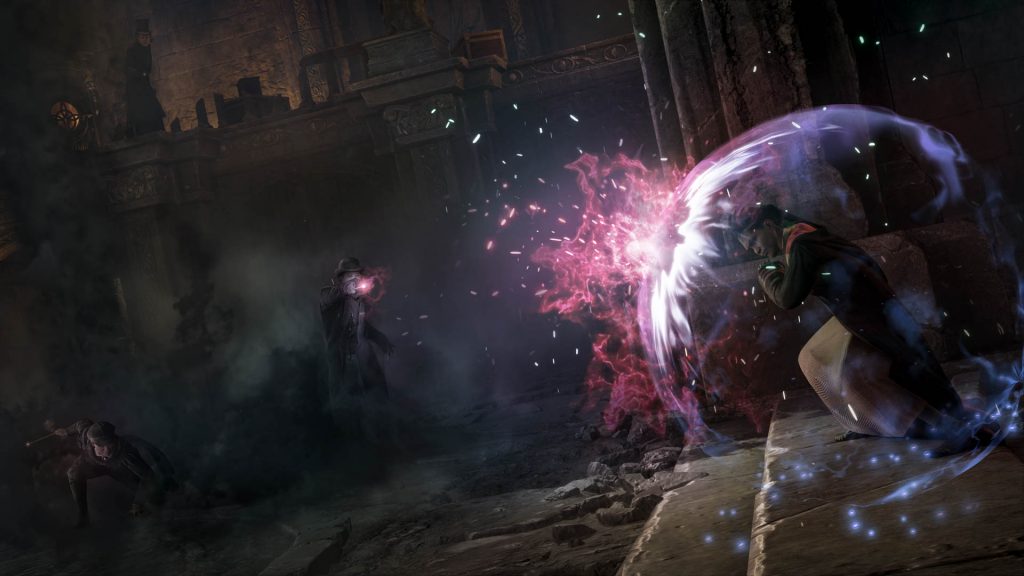
A certain degree of this has to be allowable. It is, after all, a game, but Hogwarts: Legacy is so keen to show you all its toys. The combat practically creaks with all the stuff they want you to do – tons of spells, most of which can be used in combination with each other. Potions with varying effects. Contextual spells that can only be cast from stealth. Murderous plant life that can be thrown from your pockets like slippery banana peels.
And yet, I’ve found nothing to be quite as effective as Confringo, Expelliarmus, and Incendio. Combining these with the basic attack gives me a steady enough stream of ancient magic to do the big finishers and telekinetic throws regularly, and that seems to win every fight. Enemies can employ different coloured shields that must be broken by spells of a corresponding colour, but this mechanic is completely ignored by Ancient Magic throws, which is operated by a single button press instead of the clunky spell assignment system. Why bother finding the right spell to break the shield when you can just lob a barrel at their head?
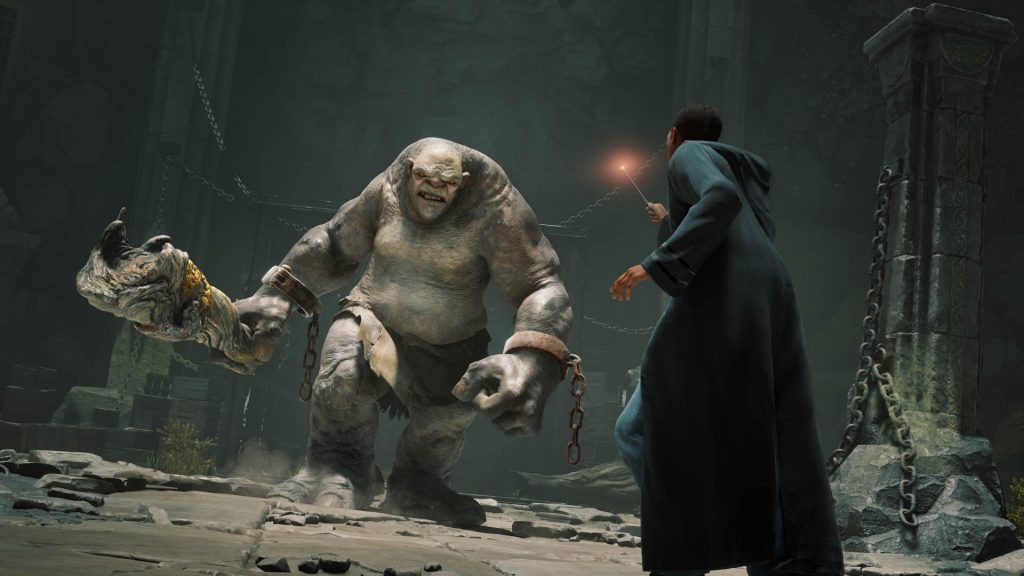
It is fun to experiment with different combinations of spells, but it’s just as easy to settle into the old ‘stealth archer’ trap of the Elder Scrolls games. Combining the contextual stealth attack mechanics and sliding into all out ballistic assault seems to have solved every encounter beyond boss fights for me, and I don’t see that changing. There are certain surprising ways to use your spells that make it worth experimenting. Casting Flipendo on a troll’s club when it hits the ground will bounce it back into his face. Dugbogs – frog like enemies – can be levitated by their tongues and brutally have them severed by the cutting curse.
More than just Hogwarts
Hogwarts: Legacy‘s rendition of Hogwarts is stunning. It’s recognisable yet different in subtle ways, packed with plenty of secrets and lore tidbits to uncover. It’s a playground for fans of the franchise, but honestly? I enjoyed my time exploring the surrounding Highlands and Hogsmeade far more. This is probably the game’s greatest success – it’s the first time the series’ world has been expanded beyond the books and movies so faithfully (we’re not going to talk about Fantastic Beasts).
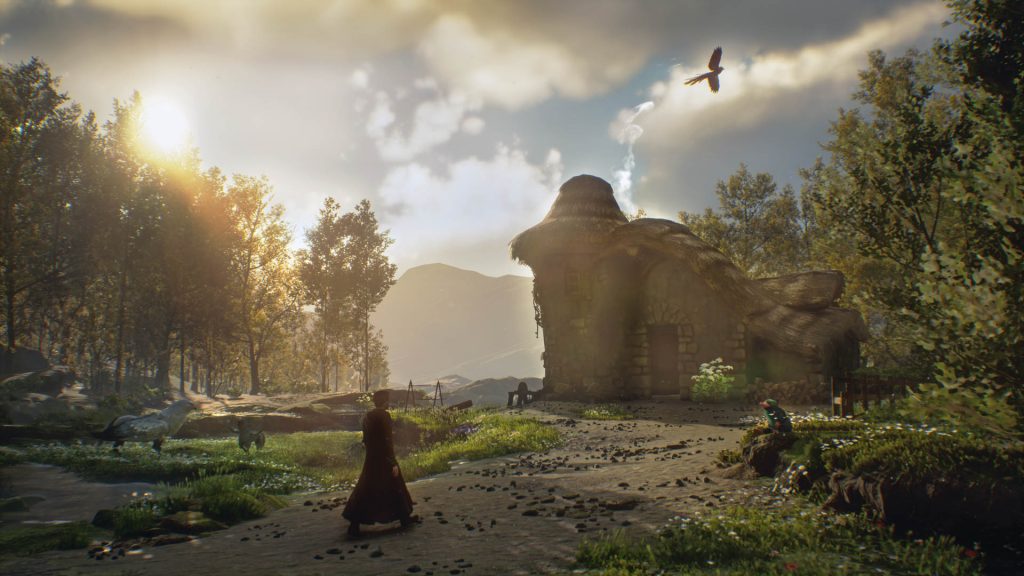
Alas, that open world does just fall into the same list of repeating errands. There’s not an awful lot of depth to many of the side quests or optional activities. I was thrilled the first couple of times I stumbled on a cave with a murky pool at the bottom, but when I realised every single one of them just led to a treasure chest the sensation of artificial inflation began to set in. But at the same time… you can fly around those inimitable castle towers on a broom. You can skim over the Great Lake on a hippogriff. You can explore the common rooms in greater detail than ever before.
It doesn’t weigh you down with a curfew or dress code as you’d imagine Hogwarts probably would (just from the amount of sneaking around Harry has to do). Aside from a few restricted areas you’ve got free run of the castle and the wider world no matter the time of day. From an immersion point of view I’ve had to start consciously changing back into school uniform whenever I deign to return to my school and studies, because otherwise the story’s hailing of you as an absolute legend just becomes too blatant. There are very few rules that apply to you – you’re just that special.
Hogwarts: Legacy overall thoughts
Hogwarts: Legacy is an average, generic open world RPG wrapped in a fantastically realised world. For many, that well-realised and faithfully recreated world will be enough to sell it. For those of you hoping for a little bit of substance with your nostalgia fix, it may fall short. But for all intents and purposes, this game achieves its goals. It’s finely tuned to appeal to all age groups of Potter fans, you’re allowed a ton of freedom to explore and tackle combat in the ways that you want to.
I’m still curious to see what’s left out there in the Scottish Highlands. I know Hogwarts itself has plenty of secrets I’ve yet to uncover. The story might not hold a ton of wonder, but I enjoy exploring the same world Harry, Ron and Hermione did in all those books so long ago. But is this a game that will stand the test of time? Will any of the characters or set-pieces stick in my mind beyond the credits? Probably not. Brilliant world. Average open world RPG. That’s all for Hogwarts: Legacy.
Hogwarts: Legacy is available now on current gen consoles and PC. Check out more reviews here.